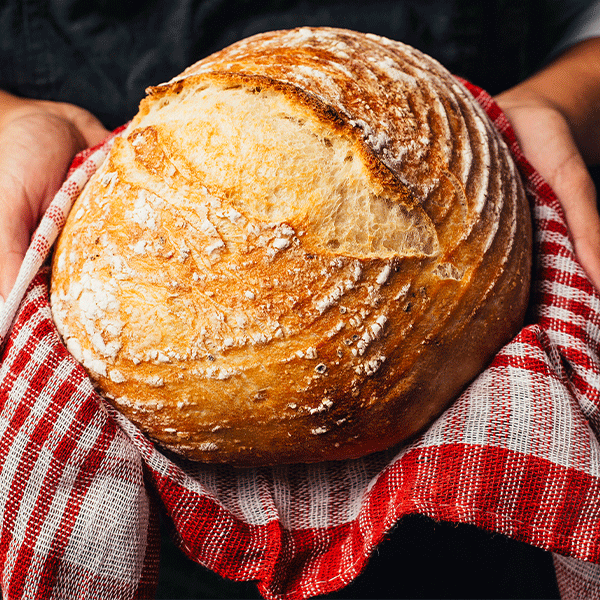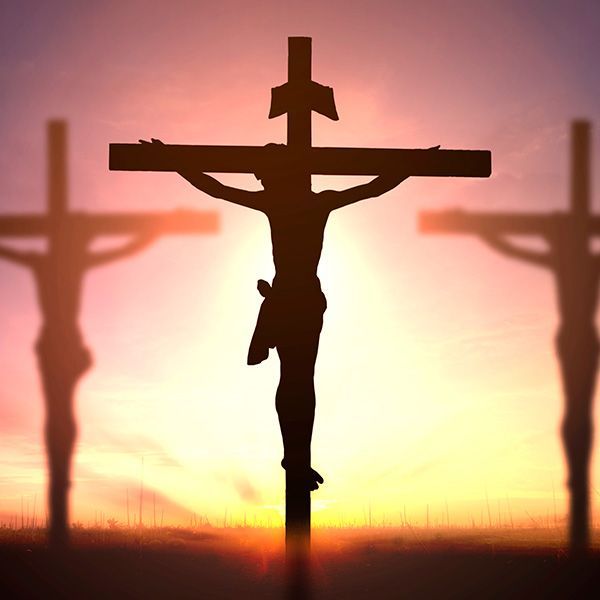The Semicolon

My grave is in the corner of a cemetery in rural southeastern Wisconsin. For at least a mile in every direction, all you can see is farmland — cows, barns and quiet country roads. It’s beautiful, serene. I imagine the hand of God writing me into existence — she lived, she died — using for ink the very dirt that fills this grave. The dust from which I was created.
Surrounding my grave are the burial plots of other family members — Rachel, Georgiana, Julian, Josephine. I visit the cemetery to pray for them, knowing they are there, but also not there. And when I visit their graves, I stand on my own. I look out at the tree-lined horizon and the farmland. I think of how, in a thousand years, none of this will be here. But I will be here, God’s hand paused against the page, preparing to write the rest of the story not in dirt but in his own blood. For Christ does not lose anything of what the Father has given him.
Not a soul. Not a bone. Not a lock of hair.
She lived, she died; she lived again. No longer is there a period after the words she died, but instead a semicolon. And the semicolon is the grave, that mystical place where the Blood mixes with the dust of the earth, where life meets death, and then meets life again. And the story continues.
©LPi




